I have written the Industry Insider column since being commissioned by Nigel Harris, when he became editor of RAIL magazine in 1995.
This will be my final edition of a column that has shared knowledge and insight gained during a rail career that has spanned 60 years.
I have written the Industry Insider column since being commissioned by Nigel Harris, when he became editor of RAIL magazine in 1995.
This will be my final edition of a column that has shared knowledge and insight gained during a rail career that has spanned 60 years.
My interest in railways started as a boarder at Rydal School, Colwyn Bay. In the senior school, there was considerable freedom outside school hours, which allowed an easy bus or bike ride to the steam shed at Llandudno Junction, and what we now call lineside viewing of trains.
In that era, railway staff were keen to show what the railway did, so long periods could be spent in signal boxes and locomotive sheds.
With this background, I did not consider any other job on leaving school other than joining British Railways - which I did on January 13 1964.
After reporting to the Station Master at Hitchin, there was a period of training in the booking office, parcels and goods depots, then a transfer to the staff section (as human resources was then described) at the King’s Cross divisional office, before becoming a management trainee in the Sheffield Division.
At the time I started work, I joined two organisations that were to have a big impact on my career: the Chartered Institute of Transport and the Young Conservatives.
I progressed in both these interests, becoming a Fellow of the CILT (as it became) and National Vice Chairman of the Young Conservatives - a position of status in the national party.
These interests came together, as the Institute study programme for exam qualification covered railway economics - including the big problem of how you allocate infrastructure costs when policy at the time was described as treacle spreading.
Secondary passenger and freight services were often burdened with overhead costs that were not real. This was revealed when the cutback of the network during the Beeching period resulted in more revenue being lost than cost savings made.
It was in response to this that the concept of a track authority which set tariffs for using the railway that were related to actual use began to be considered in Institute tutorials.
As was the custom following management training, short periods of time were spent as Assistant Station Manager Chingford, Assistant Yard Manager Dagenham, and Assistant Manager Poplar Dock, followed by progression to Operations Assistant for the Liverpool Street Division.
These appointments were designed to build skills and experience, which resulted in taking up the role of Station Manager Leeds in the Area Managers organisation.
Now being judged to have detailed knowledge as to how the railway worked and delivered results, the next posts were Regional freight sales and marketing officer at York, the headquarters role of National Speedlink marketing officer, followed by appointment as a National Business Manager - first for Chemicals and Minerals, and then Petroleum.
In the NBM role, key responsibilities were negotiating major contracts and sponsoring investment after developing the business case.
Examples were the provision of new hopper wagons for carrying china clay and the Murco oil terminal at Westerleigh, followed by proposals to fend off pipeline competition that led to the Class 60 specification.
At this time, the Conservative Party had embarked on a programme of privatisation. There is not the space here to discuss what brought this about, but there was a focus of how it might be applied in the railway industry.
There were very few rail professionals who were active in the Conservative Party, so I was invited to informal meetings to talk about the options - including with Margaret Thatcher, the Prime Minister.
This dialogue continued with later Prime Minister (now Sir) John Major, as it had been decided that railway privatisation would be included in the 1992 Conservative manifesto.
So, the question became how? There were doubts over whether private investors would show interest in an industry that displayed such poor financial performance, but the tide was turning as a result of the known effect of pollution from ever more congested roads.
A report written by the Adam Smith Institute, to which I contributed, came down firmly in favour of a track authority that allowed open access to the network on the basis of a published tariff.
This was in line with new European protocols to liberalise railway operations by a separation of infrastructure and train operating costs, to allow a level playing field for new entrants to the market.
For passenger services, a franchising system was adopted together with a Passenger Services Requirement that specified a minimum timetable for each route - a new protection that had not existed under the British Rail regime.
The structure was deliberately designed to be ‘capital light’, with trains owned by rolling stock leasing companies. This has been an enduring benefit, as these companies have provided a limitless quantity of finance to purchase and build maintenance facilities for rolling stock that has extended into freight operations.
Although my earlier experience had been in rail freight, I wanted to run a franchised train operating company, and received backing from a number of key executives and financial parties to do this.
Resurgence Railways was formed, and was the preferred bidder for the Great Western franchise. Unfortunately, a key financial backer got cold feet and backed out on the day of the contract signing.
It was certainly a career setback, but if you go into a competition of this sort you have to maintain your composure if it doesn’t work out.
But, as a result, my financial advisers said why not consider an open access application. Their support, and that of John Nelson, enabled Hull Trains to be established, and it obtained regulatory approval to run services from September 2000, with operational resources provided by Anglia Railways.
This was what the 1993 Railways Act was about, with a regulatory duty to promote the use of the network and serve population centres where main line services had been withdrawn.
Looking at the current debate about the structure of Great British Railways, the role of an independent regulator that oversees track access agreements to ensure equanimity between competing bids for capacity is something that must be maintained.
It is already a concern among the freight operators that nationalised passenger train operators will receive preference in the allocation of capacity.
Login to continue reading
Or register with RAIL to keep up-to-date with the latest news, insight and opinion.



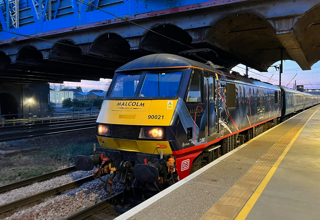
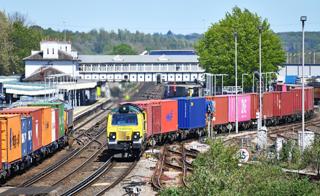
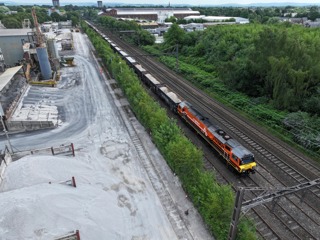
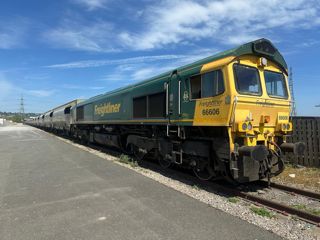
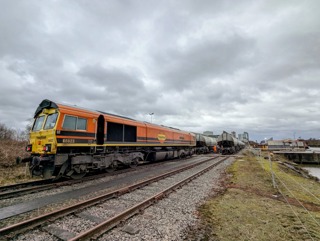










Login to comment
Comments
No comments have been made yet.